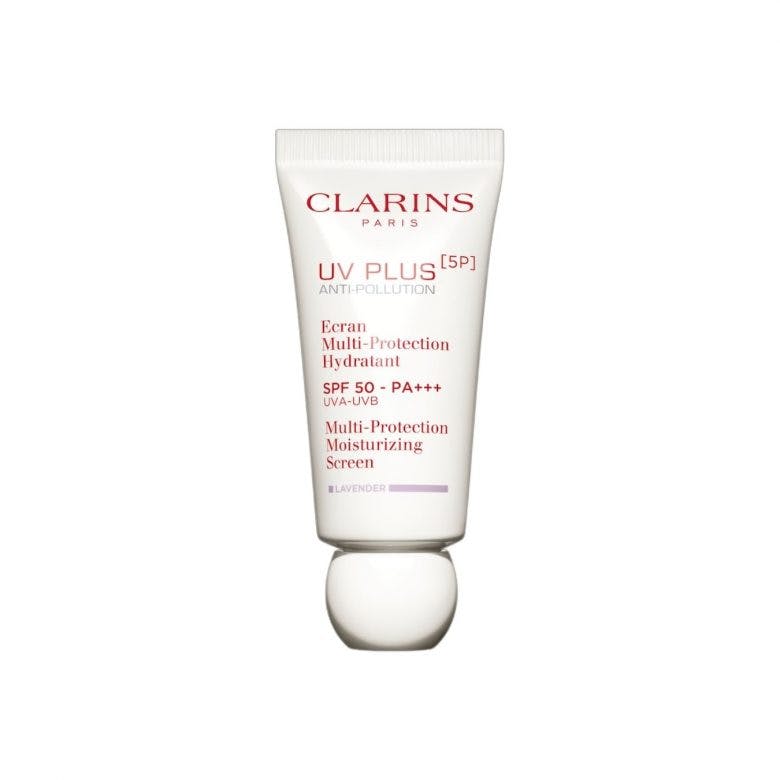Can You Reverse Sun Damage?
6 minutes read
Did you know that unprotected sun exposure is the number one cause of premature skin ageing? If there’s one thing you shouldn’t skip in your daily morning routine, it’s applying SPF. Why? Because the damage we get from the sun’s rays is more complicated to fix than you think.
We spoke to leading skin experts on everything you need to know about sun damage and to seek answers to the internet’s burning question on “How to repair sun-damaged skin?”
What is sun damage?

Experts refer to the damage caused by the sun on the skin by several names, including photoaging, photodamage, solar damage, or sun damage. So don’t get confused.
Julie Brown, Certified Beauty Therapist and Founder of The Source Clinic tells Beauty Daily: “Sun damage is what happens to the skin because of UV light. This can manifest on the skin in the form of dark patches, freckles (that have come up later in life rather than having them from youth ), broken capillaries, redness and sunspots – or more generally an uneven tone.”
Brown adds: “The sun damages our collagen and elastin fibre, which leads to loss of skin’s elasticity and accelerated skin ageing in the form of fine lines and wrinkles.”
How does the sun damage the skin?
The UV rays penetrate outer skin layers and hit the deeper layers of the skin, damaging or killing skin cells.
When the skin is exposed to the sun, melanin production increases; this explains the suntan. It’s the body’s natural defence mechanism against sunburn.
However, with unprotected, prolonged, and extreme sun exposure, melanocytes can become abnormal and cause an excessive amount of darkening in the colour of the skin, which results in irreversible hyperpigmentation, among other sun-damaged skin issues.
How can one prevent sun damage?
The sun generates free radicals, DNA damage, and inflammation. As a result, it is our skin’s biggest enemy for irreversible skin damage and premature ageing.
80% of free radical formation is from UV radiation. “The only way to prevent sun damage is to wear broad-spectrum SPF with SPF 30 or higher every day and limit your sun exposure,” Brown says.
SPF is a daily must and a non-negotiable in one’s skincare routine. “Most sunscreens protect against UVB, the rays that cause burning, but even when there’s no sun, UVA rays are still present, and these are the rays which cause signs of ageing,” she adds.
McHale recommends UV PLUS [5P] Anti-Pollution Translucent.

“Free radicals can be produced from several different sources: atmospheric, indoor, blue light and photo-pollution. It’s about protecting your skin from the sun and pollution particles that you are exposed to and the best all-rounder is UV+[5P] because that approach protects you from the sun as well as other forms of pollution.”
Another good way is consuming an antioxidant-rich diet that can help reduce oxidative stress, hence fighting ageing and pigmentation.
Read Next: The Best Food for Healthy Skin: 10 Tasty Ways To Glow Up
Can you reverse sun damage with treatments and topicals?
Unfortunately, when the damage is done, it is irreversible. “Sun damage is irreparable. But what you can do is minimise and protect from further damage,” McHale says.
McHale recommends treating sun-damaged skin using vitamin C derivatives to break up the pigmentation.
Health authorities say all types of sunburn, mild or severe, can cause irreversible skin damage, such as turning pink or red, freckles and skin pigmentation. However, the effects of sun damage look different on different people and mind you even without a burn, sun damage is there.
You can certainly stop it from getting worse, so it’s never too late to start incorporating sun care in your daily routine. Pigmentation will continue to get darker if exposed to further sun exposure, so it can be minimised by using sunscreen with recommended SPF.
Topical
Are you looking for ways to treat sun-damaged skin pigmentation? Beauty Daily recommends products from the Super Restorative Range. The active plant ingredient, Montpellier Rock Rose, effectively reduces sunspots.
Also, the potent vitamin C (also called L-ascorbic acid) helps to improve uneven skin pigmentation, boost collagen, diminish scars, and fight free radical damage. It’s also a great boon to help protect skin against sun damage, as we discuss in The Best And Worst Beauty Products To Wear Under The Sun.
A derivative of vitamin C in the Extra-Firming called Acerola also helps break down skin pigmentation.
Prevention is better than cure. “SPF is the only thing that’s going to stop it from happening there. There’s no way around it. There’s no quick fix. There’s no cheat. Even if you went for a laser facial, all they’re doing is breaking up the pigmentation and dispersing it through your lymphatic system. With a laser, they’re not solving the cause of what’s created the pigmentation in the first place so that it will break it up and it’ll get rid of it, but it will come back,” McHale says.
Treatments
While sun-damaged skin can’t be removed completely, Yale Medicine listed five effective treatments that can often help minimise it.
1. Lasers
The laser treatment helps rejuvenate skin and lessen the appearance of brown spots and fine lines, in addition to improving the texture and appearance of enlarged pores. Another type of laser, called pulsed dye laser, is said to remove broken blood vessels and redness caused by extreme sun exposure.
2. Photodynamic therapy
This treatment helps remove precancerous spots. The doctor applies a topical medication on the skin and then uses a blue or red fluorescent light to activate the medication that eliminates precancerous cells but preserves normal ones.
3. Chemical peels.
Dermatologists apply a chemical substance called trichloracetic acid or glycolic acid to the skin to temporarily remove brown spots and improve skin tone and texture.
4. Topical medications
Certain medications, such as a topical retinoid (like tretinoin), can be prescribed by your dermatologist to even out your skin tone and address roughness and fine lines that result from UV damage. “We would recommend ingredients such as retinol for homecare treatments and professional treatments such as chemical peels, IPL skin rejuvenation and micro-needling in the clinic,” Brown says.
5. Cryotherapy
Liquid nitrogen is sometimes used to freeze noncancerous age spots or solar keratoses (dry scaly patches of skin that have been damaged by the sun), After a few days, the sites become dark and slough off.
If you’re self-conscious or bothered about the appearance of your skin due to sun damage, consult with your local dermatologist or a skin specialist who can examine your skin and recommend the best treatment plan. Your GP can also provide advice on sun protection so that you can avoid more sun damage.
Read Next: SPF Benefits: Everything You Need To Know About Suncare
Sign up for our newsletter
We will keep you in the loop for special offers, exclusive gifts and product news.

